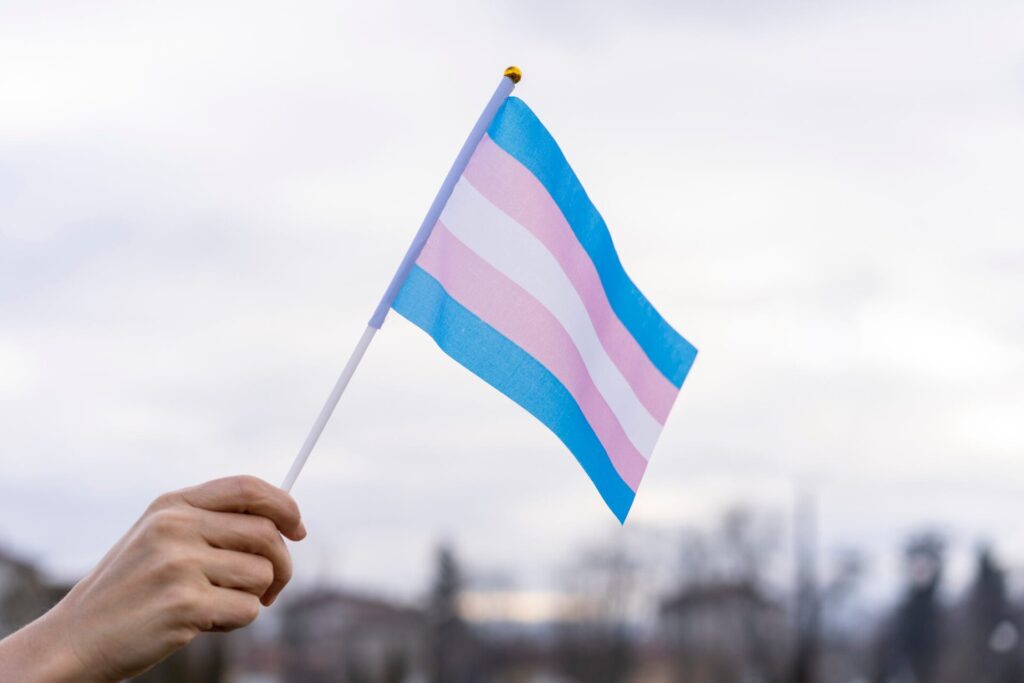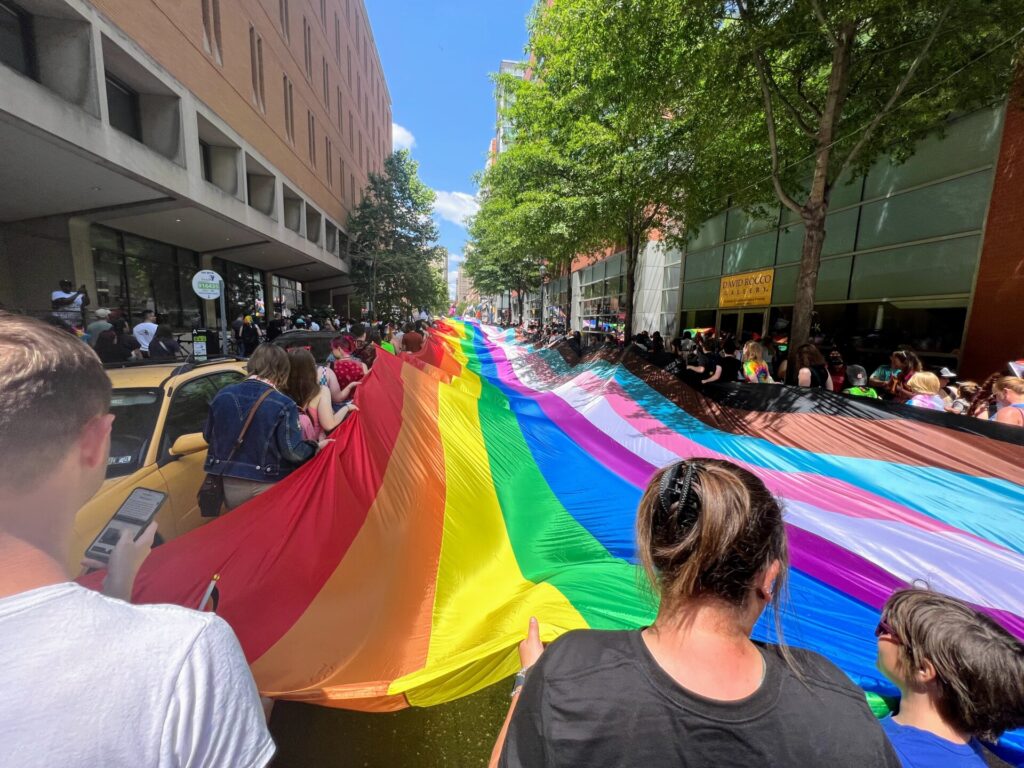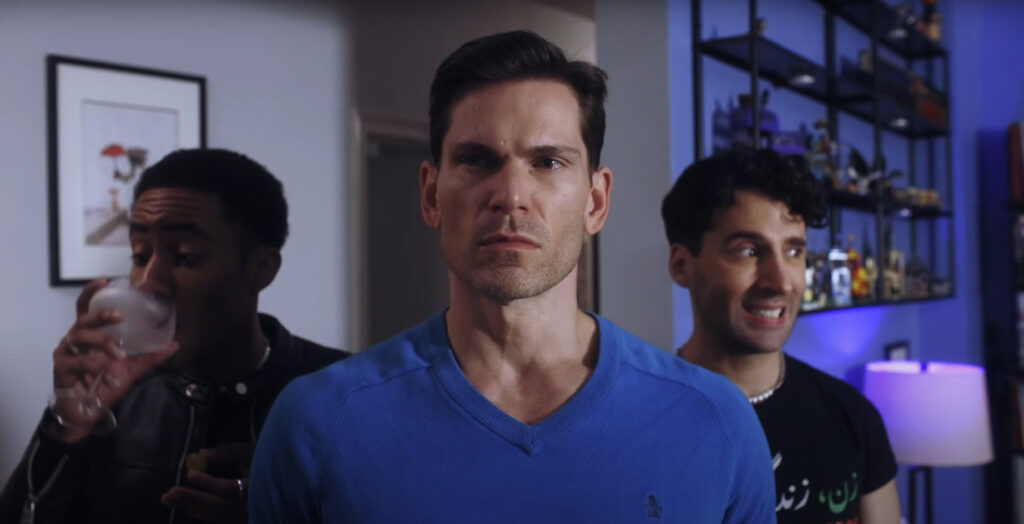I came of age, and came out, in the gay liberation movement’s early days – the years when Mark Segal chained himself to TV news anchors’ desks, when radical theorists argued that gay men and lesbians were "different from everyone else – except in bed," and when liberation and libertinism were often one and the same thing.
Had someone told my 1970s self that three decades hence, the issues we as LGBT people would be fighting for the hardest would be the right to serve in our nation’s armed forces and the right to marry, I would have laughed that person out of the room.
And yet, here we are, in 2010, celebrating whenever a judge or state legislature acts to extend the privileges and duties of marriage to lesbians and gays and pushing for an end to "don’t ask, don’t tell," which only 20 years ago had been accepted – grudgingly, by some – as a way to finesse a thorny issue and allow gays and lesbians to serve their country as long as they kept quiet about who they were.
Yet these ongoing efforts are themselves signs that we have won a larger victory: We have become, as Andrew Sullivan titled his book on homosexuality in American society, "virtually normal." We have gone from just being tolerated to being accepted by a large cross-section of American society, old and young, conservative and liberal, black, white and everything in between.
And it wouldn’t have happened so soon, or so thoroughly, had it not been for a book that one of my Harvard classmates co-authored.
That book was "After the Ball: How America Will Conquer Its Fear and Hatred of Gays in the ’90s." Written by classmate Marshall Kirk along with Hunter Masden, the book caused a sensation by making two simple arguments:
- Lesbian and gay Americans will never get their fellow citizens to accept them until they can persuade them that they’re just like everyone else.
- Public relations is the way to persuade them.
LGBT activists, Kirk argued, needed to drop the noisy demonstrations and the marching half-naked in parades and instead focus on crafting a message and a strategy for delivering it. Both message and strategy relied on lesbians and (especially) gay men "cleaning up their act," so to speak – downplaying the sexual libertinism and emphasizing mature, committed relationships instead.
Kirk and Masden’s argument caused a furor within the gay liberation movement, whose more radical elements accused the two of selling out and succumbing to bourgeois norms. Anti-gay crusaders had equally harsh words for it, calling the strategy a slick method of packaging evil.
If an argument manages to tick off both left and right, it usually means that it’s probably correct. Viewed through the prism of two decades’ passage of time, the strategy laid out by Kirk and Masden in "After the Ball" has not only carried the day, it has succeeded beyond their wildest dreams. A broad consensus spanning the ideological divide has formed around the acceptance of gay men and lesbians as full and (more or less) equal members of American society, and the fact that the most contentious issues of our time now involve marriage and military service only underscores that point.
So here’s to Marshall Kirk for both demonstrating the value of a good public relations strategy and putting his faith in the ability of his fellow citizens to recognize themselves in us.
I would like to thank another Harvard classmate, Rebecca Ranninger, for sharing the eulogy she delivered for Kirk at our 30th class reunion with me; her remarks served as the springboard for my writing this column.






